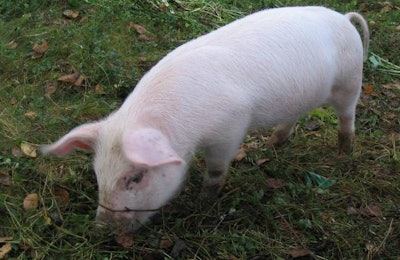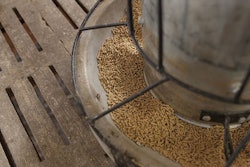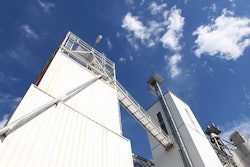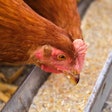
Global animal protein producers and other industry stakeholders are closely watching the African swine fever (ASF) crisis and examining the developments surrounding its spread. In hopes of containing the virus, researchers are exploring all potential pathways for ASF transmission.
Recent studies have identified animal feed as a potential vector. While research is ongoing, feed industry stakeholders entertain the connection, but urge that any measures put into place to mitigate this risk involve scientifically based prevention and biosecurity measures.
Until definitive feed-related risk mitigation recommendations are issued, industry leaders are offering various materials to preemptively guide these efforts.
In response to the ASF crisis, the American Feed Industry Association (AFIA), for example, has updated its biosecurity guidelines to prevent the virus’ introduction into the feed manufacturing process.
“The updated guidelines provide recommendations to help facilities create onsite biosecurity programs, more thoroughly evaluate and verify their suppliers, work with shippers, and train on and communicate best practices to all facility personnel and visitors,” explains AFIA president and CEO Joel Newman.
Here are several feed mill best practices for reducing ASF contamination risks:
1. Hygiene enforcement
Hygiene control measures are critical to all biosecurity protocols. Enforcing diligent vehicle hygiene (spraying trucks) and monitoring the movement of feed mill employees who visit farms is critical. For example, drivers should wear and discard all disposable clothing at the farm.
“Feed mills should work closely with their customers to ensure appropriate procedures are identified and followed during feed delivery,” says David Fairfield, senior vice president for feed services, National Grain & Feed Association (NGFA).
He also suggests limiting personnel access to specified areas within the feed mill to reduce the potential transmission of biological hazards.
2. Receiving and ingredient specifications
A key component of an effective feed mill biosecurity plan is prevention of the entry of hazards during the receiving of ingredients.
“Typically, the first step for hazard prevention during receiving involves a supplier approval process that includes development and communication of appropriate ingredient specifications,” Fairfield explains. “In addition, the supplier approval program should have methods to verify that the supplier has effective programs in place to ensure ingredients meet necessary specifications.”
AFIA’s updated guidance defines what “biosecure” actually means and suggests feed manufacturers only source from biosecure facilities.
The Swine Health Information Center (SHIC) produced a “decision tree” to help pork producers work with their feed suppliers to minimize risk from feed ingredients.
3. Foreign supplier verification, ingredient holding times
Newman suggests the feed industry should “take the verification of foreign suppliers one step further than dictated by FSMA and consider foreign suppliers’ biosecurity programs.”
“We must continue working with suppliers to provide assurance of where ingredients are sourced and confidence in the biosecurity practices being used at our ingredient and feed processing facilities,” Newman says.
The risk assessment of globally sourced ingredients should take into account the point of origin, distribution methods and associated supply-chain entities, Fairfield notes.
“Research has shown the potential for other animal viruses to survive transboundary shipments in certain feed ingredients after inoculation,” Newman says.
SHIC, for example, suggests holding times based on the calculated half-life of viruses for feed ingredients sourced from high ASF-risk countries. The Canadian Pork Council (CPC) recommends holding feed ingredients at a temperature of 20 degrees Celsius for 20 days or 10 degrees Celsius for 100 days.
In April, AFIA’s IFEEDER and South Dakota State University will release the results of their study of how holding times may reduce viral loads in feed ingredients.
View our continuing coverage of the African swine fever outbreak.

















